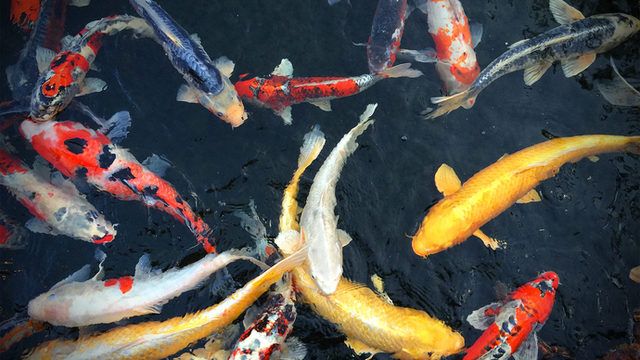Northbound net inflows in August were strong, reaching around RMB 948m andrebounding from the previous month’s net inflows of RMB 313.71m, according to data from the State Administration of Foreign Exchange.
Gross sales were also up by nearly 60% to RMB 1.57bn from RMB 814.98m.
MRF monthly net sales (RMB m)
|
Northbound |
Southbound |
|
| January |
-286.1 |
-2.4 |
| February |
-181.6 |
3.6 |
| March |
-10.2 |
4.7 |
| April |
67.4 |
8.8 |
| May |
1,140.80 |
42.6 |
| June |
928.7 |
17.7 |
| July |
313.71 |
61.5 |
| August |
948.14 |
42.85 |
| Total net sales since Jan 2016 |
10,693.36 |
275.5241 |
Source: State Administration of Foreign Exchange
On the flipside, southbound (China-domiciled funds available for sale in Hong Kong) inflows remained muted, with only RMB 42.85m net inflows in August. Record southbound inflows were reported in July, but they are still small compared to northbound inflows.
Wing Chan, Hong Kong-based director of manager research for Asia at Morningstar, told FSA in a previous interview that investors outside the mainland generally continue to be cautious toward Hong Kong and China equities.
“It remains a long road ahead for southbound funds.”
Since the beginning of 2016, only nine Hong Kong-domiciled funds have been approved for sale to mainland investors by the China Securities Regulatory Commission under the MRF programme. On the flipside, there are two dozen China-domiciled funds available for sale in the SAR.
QDII funds still falter
Qualified domestic institutional investor (QDII) funds continue to falter.
The QDII programme, which was launched in 2007, allows domestic investors to invest in offshore products through asset managers. Asset management firms apply for a QDII quota and offer QDII funds to investors.
Total assets for QDII funds continued to decline to RMB 95.1bn in July from RMB 109bn in March, according to data from SAFE.
QDII funds account for merely 0.89% of the overall RMB 10.68trn onshore mutual fund industry.
In 2015, the Chinese regulators stopped issuing new QDII quotas in a move to curb capital outflows. The freeze on QDII licences creates a lack of interest among investors, Stewart Aldcroft, Asia-Pacific senior adviser for markets and securities services at Citibank, said in a previous interview.
SAFE is seeking approval from the State Council for another channel, the QDII2 programme, which allows individuals to directly invest in offshore stocks in bonds.
Aldcroft finds the QDII2 programme is an interesting development given that the QDII programme has not been that successful.
Other analysts believe that the QDII programme will be phased out as the MRF attracts more participants.

















